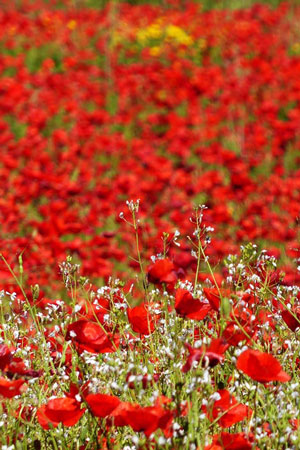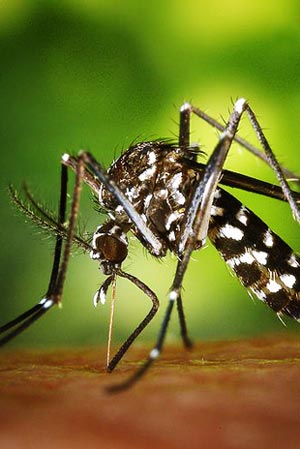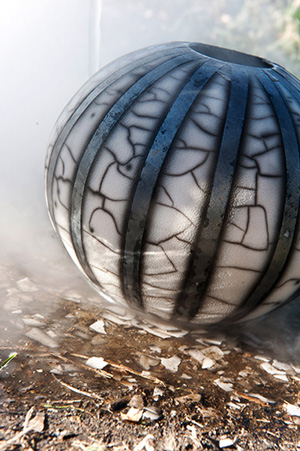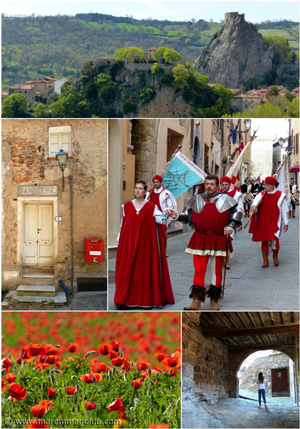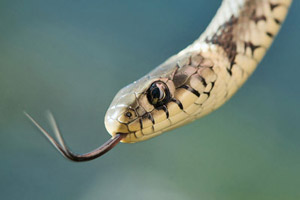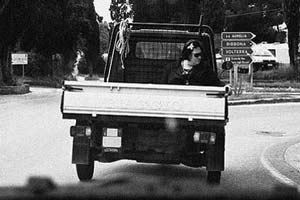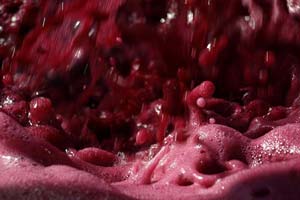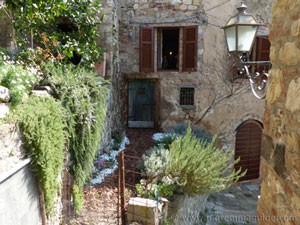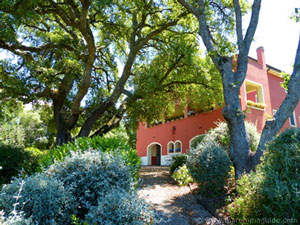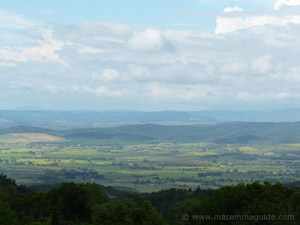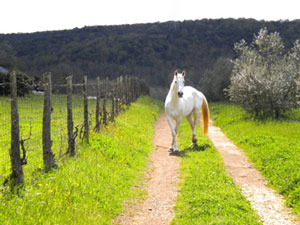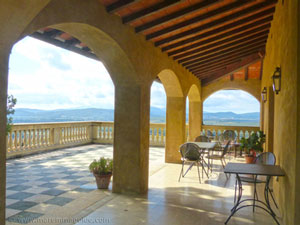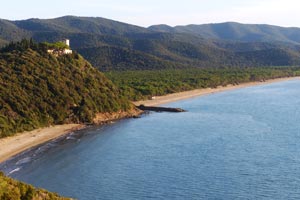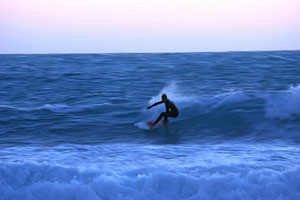Fun and strange animal facts for kids
about wild animals in Italy
These fun and sometimes strange animal facts for kids are all about the wild animals that can be found in a very special and undiscovered part of Tuscany Italy, called Maremma.
A land of wildernesses, nature reserves, protected parks, beaches and the underwater worlds of two Mediterranean seas. All rich in flora and fauna. Many of which are protected species.
And it's a place that I am lucky to call home and which, season by season, year by year, I've discovered with my husband and daughter. From the time she was a newborn to the now less frequent, "OK, mum, I'll come...", trekking trips out. She has grown up!
These animal facts are the kind that led to endless excited conversations as we drove home of an evening having spotted one or more of the creatures mentioned below. For, for the most part, these animals are the ones that like to come out as the afternoon is setting and dusk is falling. And made for the kind of end of a day after a trip to the beach or just the supermarket, that money cannot buy.
By sharing my list with you, I hope that they add to your children's joy and excitement too.
A word of warning though, some of these facts may make you - I'm convinced they won't your children though - cringe!
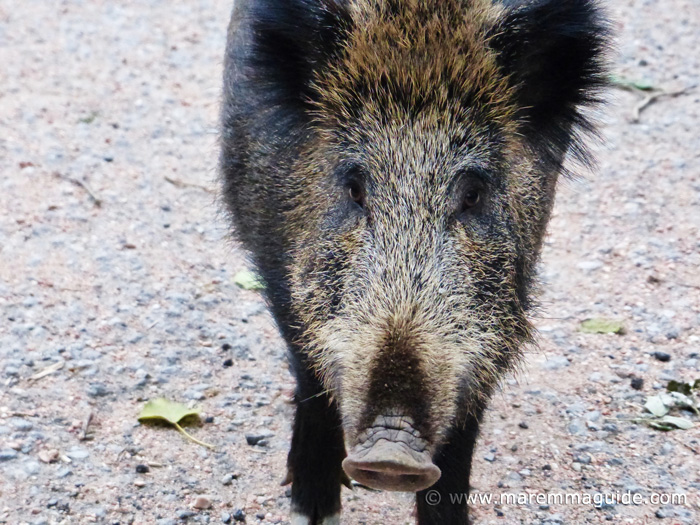 Animal facts for kids: the wild boar in Tuscany
Animal facts for kids: the wild boar in Tuscany
101 Animal facts for kids
The Badger
Tasso - Meles meles
The badger likes to eat small snakes, but is immune to viper venom and if they do find a bee hive - they like honey - they can be stung many times over by a swarm of bees and feel little.
Badgers are fastiduously clean animals. They build toilets. They don't like a dirty home and dig small holes near to the entrance of its burrow, in which the family excrement.
They spring clean throughout the summer to prevent parasite infestations and even take their bedding out into the open air during the warmth of the day, returning it before nightfall.
Now that reminds me of my Italian lady neighbours who every morning hang their blankets and bedding out of the apartment windows to air! And they rarely take their food home where it will dirty the set, prefering to eat the food they find on the spot.
And they bury their dead. If a badger dies in a burrow, the others in the set will either close-up the chamber or drag the body outside and bury it.
OK, one for older children: when they eat rabbits and hedgehogs they do so by turning them inside out, eating the meat and leaving behind the inverted skins.
The Edible Doormouse
Ghiro - Myoxus glis
The edible doormouse is capable of a limited form of self amputation - called autotomy: if a predator catches it by its tail, its tail skin will quickly break and peel off the length of its tail enabling it to escape and leaving its hunter with a mouthful of fur! The doormouse then breaks off his tail where the bone is exposed and it heals over into a bushy stump.
The ancient Romans used to breed this doormouse - in pits or ceramic containers - to eat as snacks.
The Fox
Volpe - Vulpes vulpes
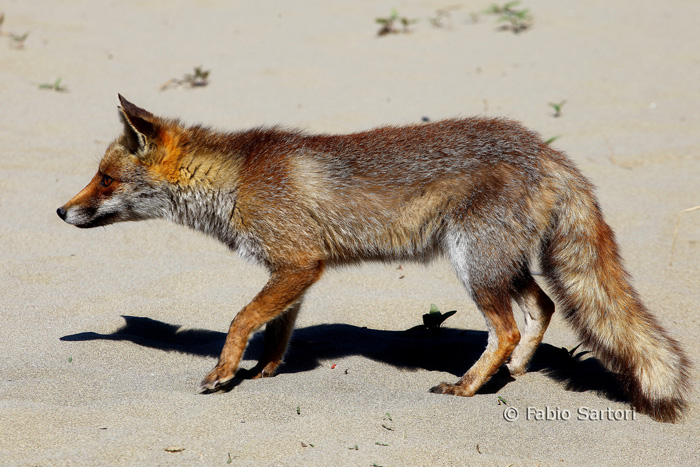 Tuscany's red fox that loves to see what might be for lunch on Maremma's beaches.
Tuscany's red fox that loves to see what might be for lunch on Maremma's beaches. Photo by kind permission of Fabio Sartori.
Although the red fox will eat almost any animal that it can kill, it hates the taste of moles and won't eat those!
Maremma's red foxes are also rather fond of your beach picnic lunch! And sometimes won't even wait until you have finished to see what tasty morsels are on offer. So, unless you want to find your supplies depleted when you get out of the water, take yours in strong sealed containers.
The Grass Snake
Biscia dal collare or Natrice dal collare - Natrix natrix
The Grass Snake is an excellent swimmer and can stay under water without breathing for more than thirty minutes.
And if disturbed, it will play dead and emit foul smelling liquid secretions from their anal glands. Sometimes they even feign attacks, striking without actually opening their mouths.
The Hare
Lepre - Lepus europaeus
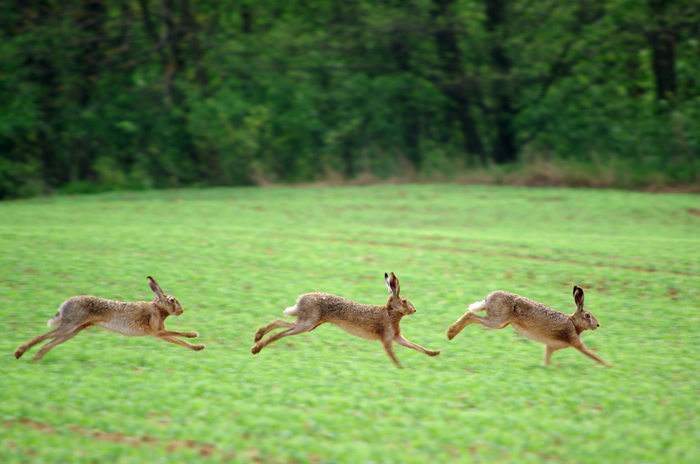 Animal facts for kids about hares.
Photo by Jakub Halun. License.
Animal facts for kids about hares.
Photo by Jakub Halun. License.
The hare loves to jump and is a very fast runner, reaching speeds of up to 80 kilometers per hour, which it can maintain for long periods of time.
And when it reaches its maximum speed, it jumps up to four metres high! Perhaps for joy, who knows and who wouldn't?!
Did you know that it also jumps the last three metres of distance to its lair to prevent any tracks and so shake off its predators.
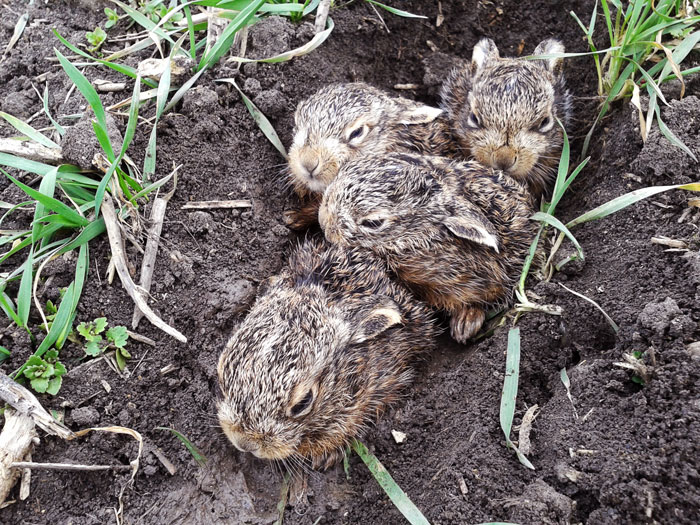 Newborn hares - leverets. Photo by Autumnalis. License.
Newborn hares - leverets. Photo by Autumnalis. License.
The Hedgehog
Riccio - Erinaceus eurpaeus
Who would know that the common little old hedgehog is directly related to the very first mammals that appeared on Earth during the Cretaceous period: his only adaptation over millions of years are his spines of which he has about 6,000!
Not only are they used as protection, but as shock absorbers should he fall on a climb.
But his wall of spines is ineffective against fox attacks: foxes have learnt to urinate on a curled-up hedgehog forcing it to uncurl and then biting its delicate nose to kill it.
He has ultrasonic hearing and can see up to 30 metres away in daylight and 12 metres at night.
Did you know that you must not feed hedgehogs milk and bread: cows milk is lethal for them and they cannot digest bread well.
The European Pole Cat
Puzzola - Mustela putorius
Another one for older children: the pole cat sometimes chooses to catch frogs and toads but eat them later.
It bites the base of the frog or toads skull, piercing its brain with its sharp teeth and paralysing it, and then takes it home to its burrow where it stores it still alive and fresh to eat when it wants.
They suffer from flu and common colds just like us!
The Crested Porcupine
Istrice - Hystrix Cristata
The crested porcupine loves to collect bones, lots of them. It hordes all those that it finds during its nocturnal wanderings in an underground chamber or cave. During its lifetime, a porcupines collection can extend to thousands of bones!
The black and white marked quills of the crested porcupine are sturdier and longer than its others - at about 35 cm long - but they are not firmly attached to its body.
Its tail quills are shorter and hollow and if the porcupine vibrates them they produce a hissing rattling sound.
It charges backwards! If disturbed or threatened the porcupine will raise up and fan out all of its quills to make itself look bigger.
And if it still feels threatened it will stamp its feet, whirr its tail quills and try to stab its opponent with its black and white quills by charging backwards.
These quills have serrated edges and are difficult to remove without the use of a thumb and finger. Most animals resort to breaking them off leaving the ends still embedded in their skin and prone to infection.
The crested porcupine has been known to kill leopards, lions, hyenas and even man with its defensive attack.
Roe Deer
Capriolo - Capreolus capreolus
The Roe deer is a fussy eater: it wont eat dirty grass! If there are fields or grasslands nearby where sheep or cattle have been they will normally avoid eating there as they consider the grass to be dirty!
When they mate from mid-July to August, the egg of the female is fertilised and embedded in her womb but it doesn't grow. Instead it remains dormant until the following December when it starts to develop.
Slow Worm
Orbettino - Anguis fragilis
The Slow Worm or Blind Worm loves to eat slugs and cleans off the vast collection of slime that accumulates from a good meal of them by rubbing its nose on the ground.
It amazingly can live for up to 50 years of age making it probably one of the longest living lizards on this planet!
The Stone Marten
Faina - Martes foina
The stone marten loves to feed on honey and has become immune to bee and wasp stings.
It will remove house roof tiles in its hunt for nests, nestlings or bats to eat.
And in the Spring months whilst the young are first active and still learning about foods they can and cannot eat, for some strange reason they like to bite clean through rubber hoses of cars! They don't eat them, but leave many a car owner stranded as a consequence!
The Least Weasel
Donnola - Mustela nivalis
The Least weasel doesn't walk: it jumps.
It loves brains! When there is an ample food supply for the weasel, it prefers to eat only the brains of the animals it has killed.
It thrived during the Ice Age because with its small long body it was able to move around under the snow and hunt in other animals burrows.
Interesting animal facts for kids about the scorpions in Tuscany
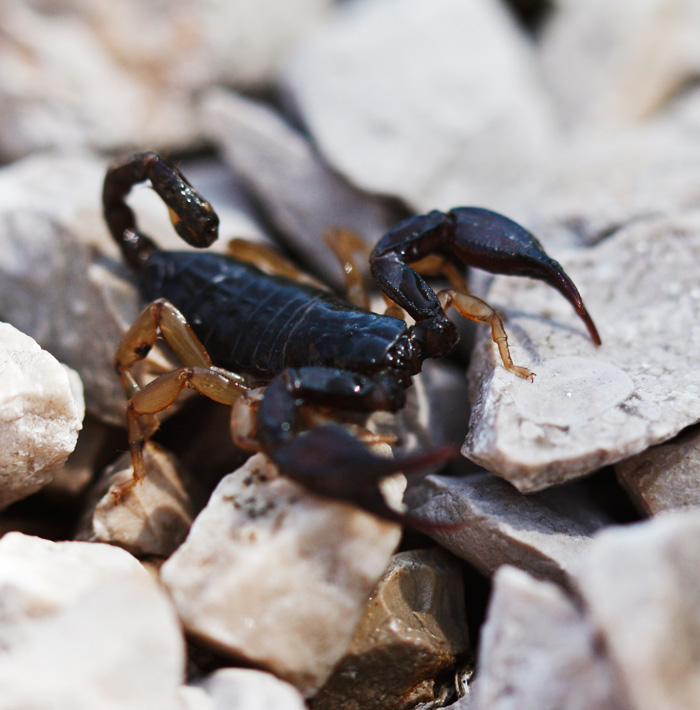 Photo by Thieryp. License.
Photo by Thieryp. License.
Yep! There are scorpions in Tuscany Italy. Click on the link and you'll find the interesting facts about these cannibals that might just help stop your kids screaming if they happen to see one.
But my guess is that they will be more thrilled with the experience than you!
And. The very hairy Tarantula Wolf Spider
This lady has the patience of a saint!
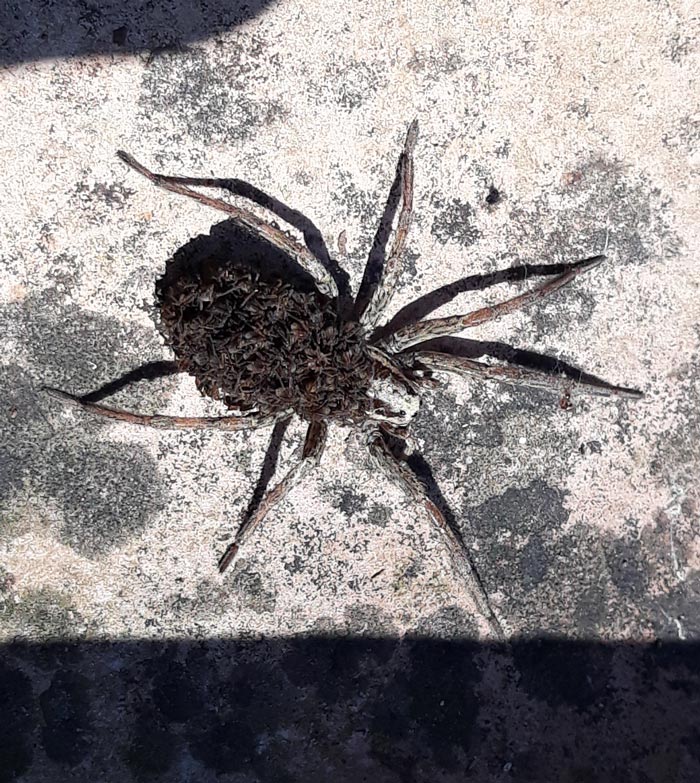
175 facts about wild boar in Tuscany
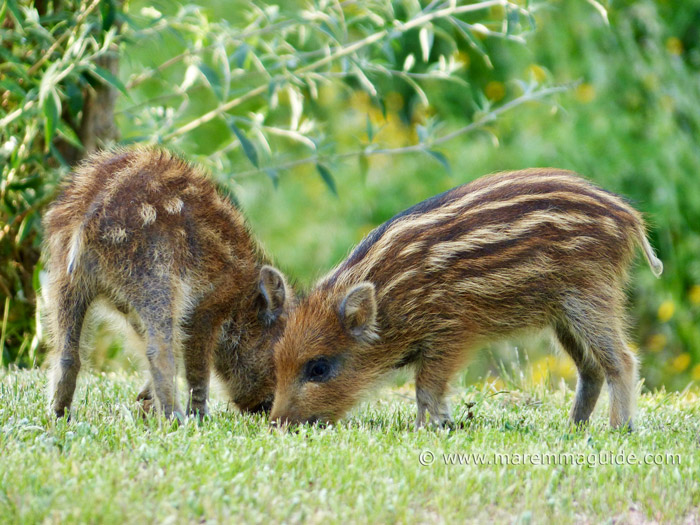
Maremma is home to a lot of wild boar, which I can practically guarantee you will catch sight of whilst out driving of an early evening.
If not, I know of the perfect place to visit to take some incredible pictures.
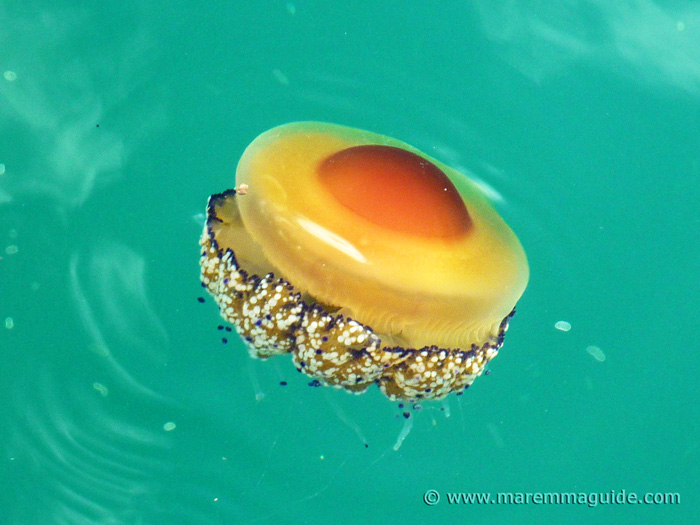 Strange animal facts for kids:no its not a sugar-coated caramel! But a local jellyfish.
Strange animal facts for kids:no its not a sugar-coated caramel! But a local jellyfish.
Explore some more...
- The wildlife in Italy - find out about the animals that live in the Mediterranean macchia and woodlands of Maremma.
